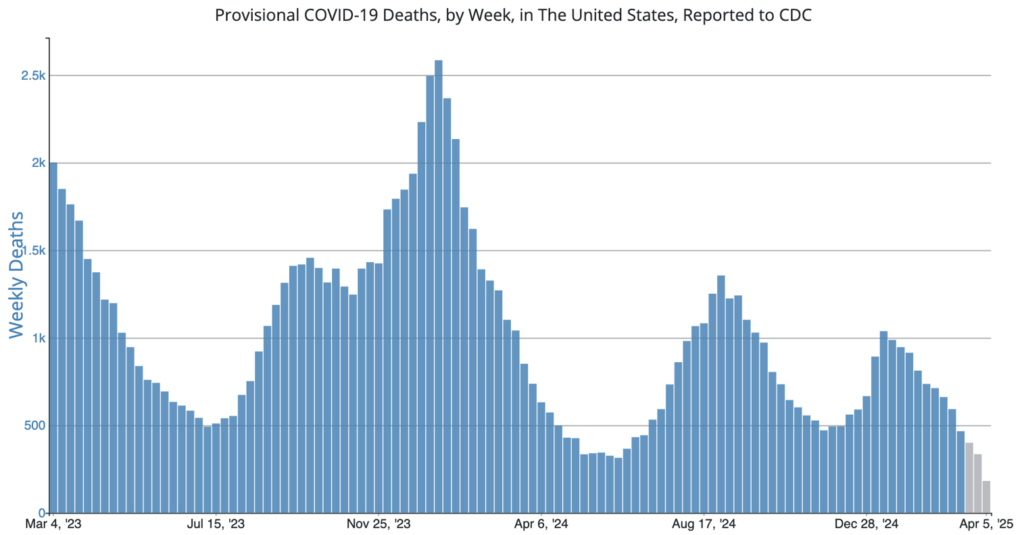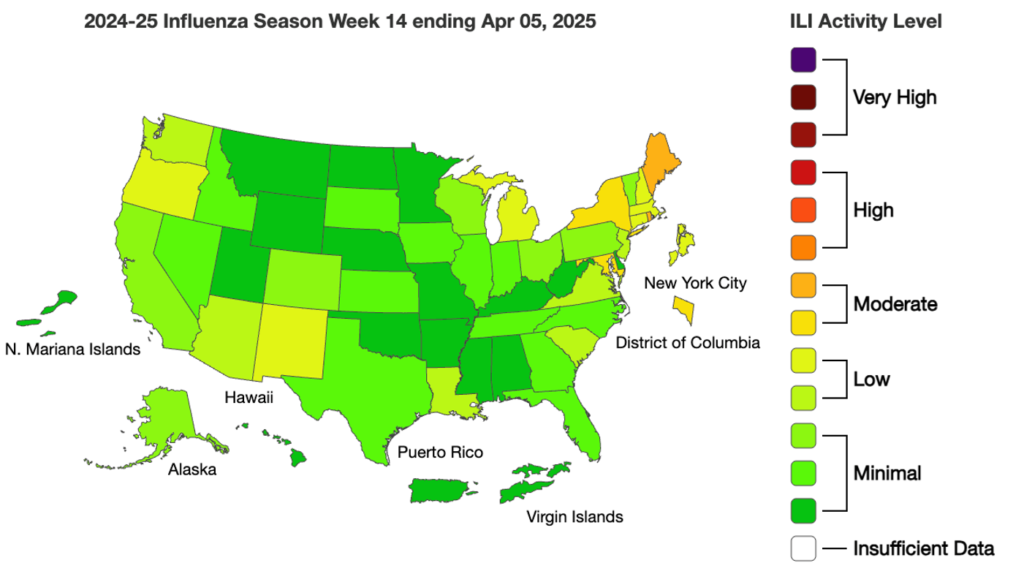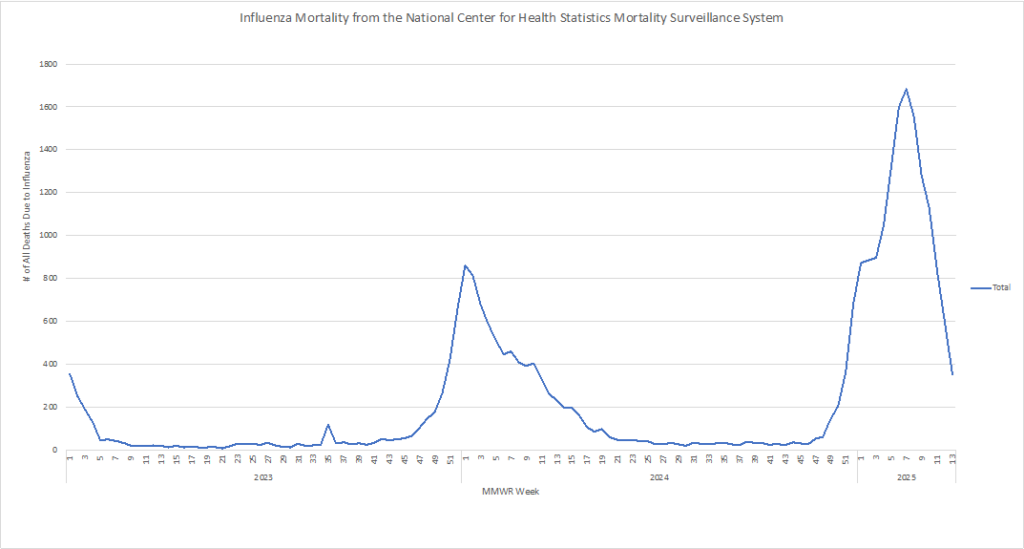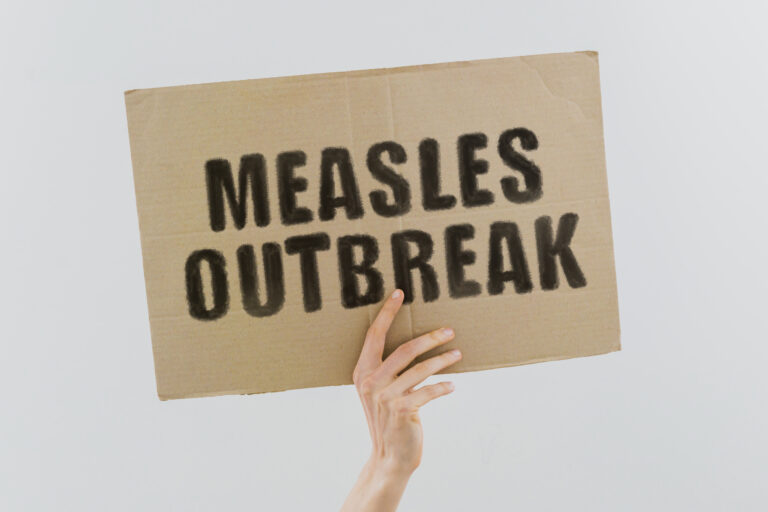With the number of 2025 measles cases significantly outpacing any other year of the current decade, the MMR (measles, mumps, rubella) vaccine has taken on a new focus, particularly related to its ability to stop or reduce the spread. Just how effective is the vaccine and how high must the rate of population vaccination be to contain the disease?
A recent New York Times article provides a vaccine modeling tool by which various vaccination rates can be set to show the impact based on the contagiousness of a disease. For example, for a less contagious disease, a vaccination rate of 40% can contain it. However, for more contagious diseases, such as measles which is among the most contagious of diseases, nearly 95% of a population would need to be vaccinated for containment.
With the measles vaccine recommended for young children and required by some jurisdictions prior to a child entering school, some states provide vaccination statistics on their websites. Illinois, for example, has launched a site showing measles vaccination rates by K-12 school district. Like the NYT article, it also includes a simulator dashboard where one can input info about their school enrollment, vaccination rate, and number of students initially infected to see a projection of a likely outbreak and size.
These statistics can provide businesses with insights on the potential for outbreaks as well, both by reviewing the school statistics in their area and inputting business statistics into the simulator. That is, if you are in an area with a low rate of measles vaccination, the potential for the parent of a school-age child to carry measles into your facility could be higher than those with much higher rates of vaccination. Additionally, you can use the simulator to determine the outbreak potential within your business by inputting the number of employees and the estimated vaccination rate, if known. While, in most cases, a business cannot require that employees be vaccinated, you can generally ask about vaccination status, encourage the vaccine, or even offer it to workers, and implement practices to reduce worker exposure.
COVID Risk Matrix:

Influenza:


Infectious Disease News:
- Rates of influenza-like illness dropped below the baseline level of 3% for the first time in 19 weeks.
- Moderna’s combination Influenza-COVID 19 vaccine, “mRNA-1083”, enabled higher immune responses in older adults than current separate vaccines in their phase 3 trial.
- It is reported that the CDC is recommending extra protection for people traveling to areas of the US with active measles outbreaks. These include:
- Infants 6 to 11 months should get an early dose, followed by two more: one at 12 to 15 months and another at 4 to 6 years old.
- Children over 12 months with only one dose should get their second early, as long as it’s been 28 days.
- People born between 1957 and 1968 who had an older version of the MMR vaccine may need a current version. Texas suggests two doses.
- The US CDC’s Vessel Sanitation program (VSP) lost some of its employees. In addition to providing advice to travelers on cruise ships, the VSP routinely inspected cruise ships and their design to ensure that they were following public health standards for minimizing disease spread against illness agents such as norovirus and Legionella, monitored illnesses, and responded to outbreaks. They also provided training. Despite the reduction in employees, ship inspections are continuing.
- A study found that the COVID pandemic significantly diverted resources from other infectious diseases. As an example, the pandemic impacted TB case detection in India, with an estimated 41% lower of cases reported. This affected patient follow-up and treatment outcomes. TB programs should be improved to prevent such challenges in the face of future pandemics.





